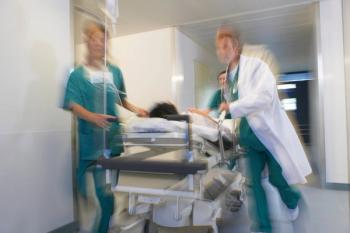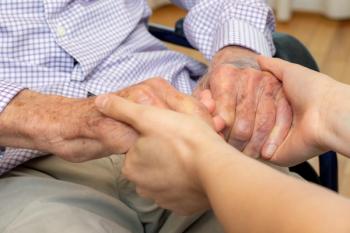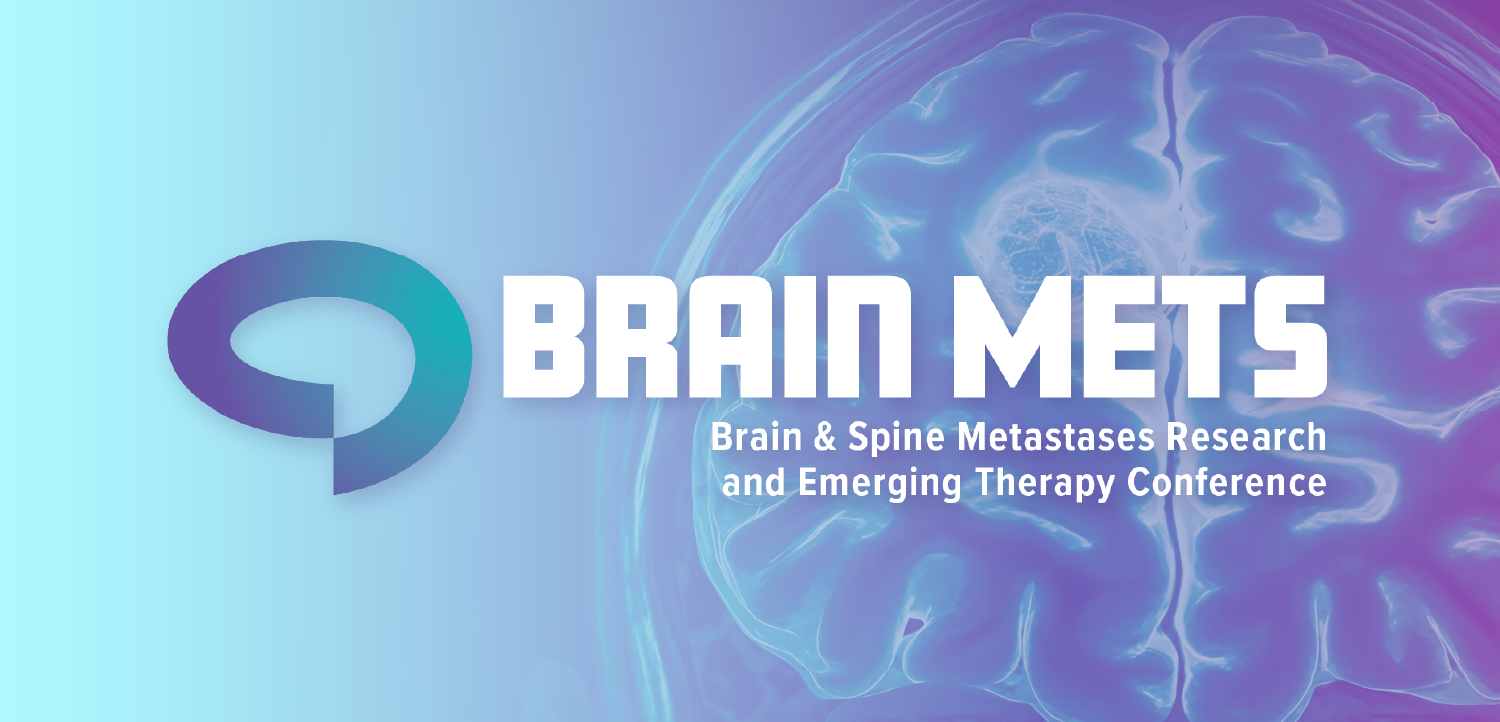
Empowering nurses: Harnessing data to lighten the load and elevate care | Viewpoint
While National Nurses’ Month celebrates nurses, too many are struggling with burnout. Hospitals can help by giving nurses tools to support them and let them focus on patients.
During National Nurses’ Month, I’m once again heartened to see the outpouring of gratitude for our caregivers – from the shoutouts on social media and special deals at local businesses to appreciation events hosted by health systems.
I’m also struck, however, by the struggles the field continues to face, as the turnover rate has reached
“The demanding nature of nursing, especially in high-stress environments like emergency rooms and intensive care units, can lead to emotional exhaustion and burnout,” said Panissa Bryant Caldwell, DHA, RN, at Novant Health in Charlotte, North Carolina.
Not only does this burnout harm the everyday heroes who dedicate their careers to advancing care and making a meaningful difference in patients’ lives, it also hurts health systems - the average turnover cost for a bedside RN sits at more than $60,000.
So what to do? Well, we can acknowledge contributions from our nurses year-round, while finding ways to support them. One area I’ve been thinking a lot about is data – data that truly helps nurses do their jobs and backs their workflows, without hindering them. Let’s start there.
Bring data together and make it meaningful
A major reason nurses feel overwhelmed? The amount of data thrown at them from disparate sources – causing cognitive overload without providing a complete and useful picture of patient health.
While this experience is not something we can change overnight, we can start to address it, particularly with patient monitoring. We can look for systems that bring high-quality patient data from a range of devices and vendors into a cohesive platform, using a common language.
Rather than push that data straight onto care teams, we can first analyze it and turn it into actionable insights. We can then deliver those insights in a digestible format wherever needed – the bedside, the central station or even on nurses’ smartphones.
By doing so, we can support clinical decision-making, promote patient safety and free nursing time. We can equip our teams to return to the original vision of nursing, with hands-on, intentional care that boosts satisfaction for both patients and nurses.
Cut through the noise with alarm management
Of course, more information doesn’t always mean better care – in fact, an overabundance creates unnecessary noise for nurses. For example, nurses can receive
Excessive and extraneous alarms can make it challenging for nurses to identify the ones that require immediate attention, potentially affecting patient safety. To help relieve the burden on nurses, we must prioritize alarm management – another area where thoughtfully collected and deployed data can make a significant impact.
To help nurses focus on actionable alarms, many health systems are seeing success with centralized monitoring – having a central unit where a dedicated team monitors patients (typically on telemetry), filters alarms and alerts care teams when there are urgent needs or timely action is required.
For nurses, these centralized monitoring units (CMUs) can provide a sense of relief – knowing their patients are monitored with additional oversight, while they have more time to provide direct patient care.
Consider a new take on the buddy system
Even if we start to address nursing burnout, we must still face demographics: Like a good chunk of the national population, many nurses will soon hit retirement age. (Projections say
Of course, supplementary solutions like clinical decision support tools and the CMU can help ease the resulting experience gap and support newer nurses. But there’s still a need for seasoned nurses to instill their wisdom and expertise before retiring, particularly when it comes to interpreting patient data and understanding when and how to take action based on their findings.
For Caldwell, my nursing colleague, a “buddy system” has made all the difference. She pairs novice nurses with experienced mentors who can provide guidance, share best practices and discuss how to navigate new trends. She also recruits retired nurses to be on call for questions from new nurses, an approach she fondly calls “phone a friend.”
“Mentorship fosters professional development and offers support as novice nurses transition into practice,” Caldwell told me. I couldn’t agree more, and hope others can follow her lead.
Now is the time for healthcare leaders to invest in technologies that produce high-quality, actionable patient data. By making patient data more accessible – and relevant - to nurses, we not only support these invaluable caregivers but also enhance the overall efficiency of our healthcare system. Our nurses deserve the best, and the right tools can empower them to focus on what inspired their career choice in the first place: delivering exceptional patient care.
Amy Martin is the head of standards for hospital patient monitoring in North America at Philips.








































